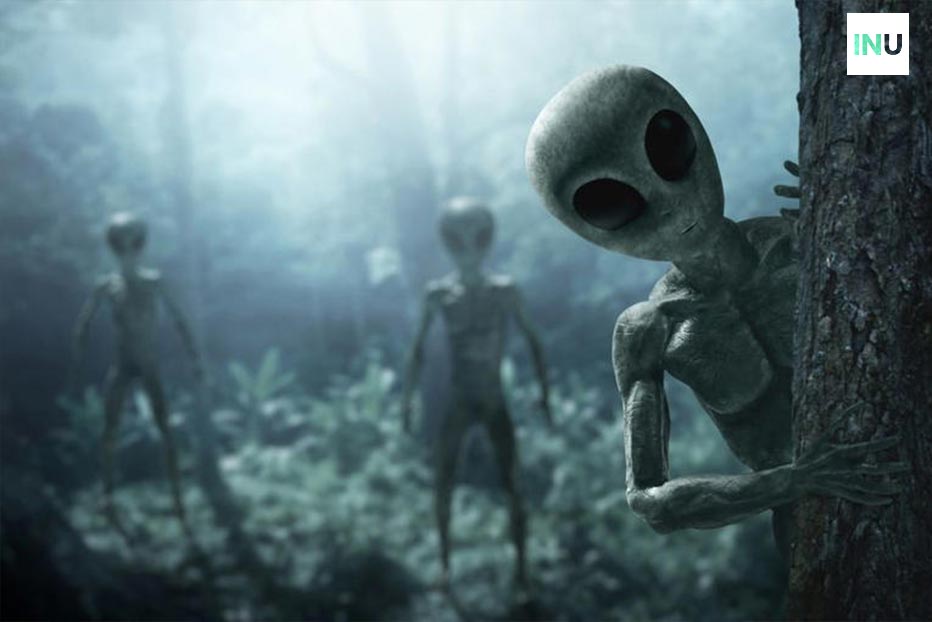An Incredible Discovery Shedding Light on Australia’s Ancient Ecosystem
In a remarkable find that offers a glimpse into Australia’s prehistoric past, scientists have uncovered the fossilized remains of a colossal trapdoor spider in New South Wales. This discovery marks only the fourth known specimen of its kind ever found on the continent. The creature, known as ‘Megamonodontium mccluskyi,’ provides valuable insights into the region’s former lush rainforests, dating back to the Miocene period 11 to 16 million years ago.
A Prehistoric Marvel in Australia
- Ancient Arachnid: The ‘Megamonodontium mccluskyi’ would have roamed and hunted within the vibrant rainforests that once covered the area, now known as McGraths Flat.
- Unlocking the Past: Last year, scientists unearthed a treasure trove of fossils from the prehistoric rainforest, including plants, trapdoor spiders, giant cicadas, and wasps.
- A Vital Discovery: This prehistoric spider fossil holds immense significance as it sheds light on the evolutionary history of spiders in Australia.
Bridging the Evolutionary Gap
- Palaeontological Insight: Matthew McCurry, a palaeontologist from the University of New South Wales and the Australian Museum, emphasizes the rarity of spider fossils in Australia and the importance of this discovery. He stated, “Because it adds to our knowledge of the past and provides fresh information regarding the extinction of spiders, this discovery is extremely important.”
- Lost in Time: The closest living relative of ‘Megamonodontium mccluskyi’ resides in wet forests stretching from Singapore to Papua New Guinea, suggesting that this group once thrived in mainland Australia but went extinct as the continent’s climate became more arid.
Unveiling the Past with Precision
- Microscopic Marvels: The spider fossil was found among other Miocene fossils, some so well-preserved that subcellular structures could be discerned. Using scanning electron microscopy, scientists meticulously studied minute details of the spider’s pedipalps, legs, and body, confidently placing it near modern-day Monodontium or trapdoor spiders.
- A Giant Amongst Relatives: Remarkably, ‘Megamonodontium mccluskyi’ dwarfed its contemporary counterparts, with a body length of 23.31 millimeters, slightly over an inch.
Clues to Australia’s Changing Climate
- Environmental Context: The spider’s discovery in rainforest sediment layers indicates that the region was once significantly wetter than it is today. This revelation offers insights into Australia’s changing climate and its impact on its diverse ecosystems.
- Implications for the Future: Understanding how Australia’s climate evolved in the past can provide valuable knowledge about the impact of current climate change on the country’s biodiversity.
A Unique Find with Global Significance
- Rare and Remarkable: Arachnologist Robert Raven of Queensland Museum remarked, “It is not only the biggest fossilised spider ever discovered in Australia, but it is also the first Barychelidae family fossil ever discovered.” He observed that because they live underground, trapdoor spider fossils are not frequently discovered.
This groundbreaking discovery offers a fascinating window into Australia’s ancient past, enriching our understanding of its prehistoric ecosystems and how they relate to the present. As we delve deeper into the mysteries of the past, we gain valuable insights into our planet’s evolving climate and its impact on biodiversity.









